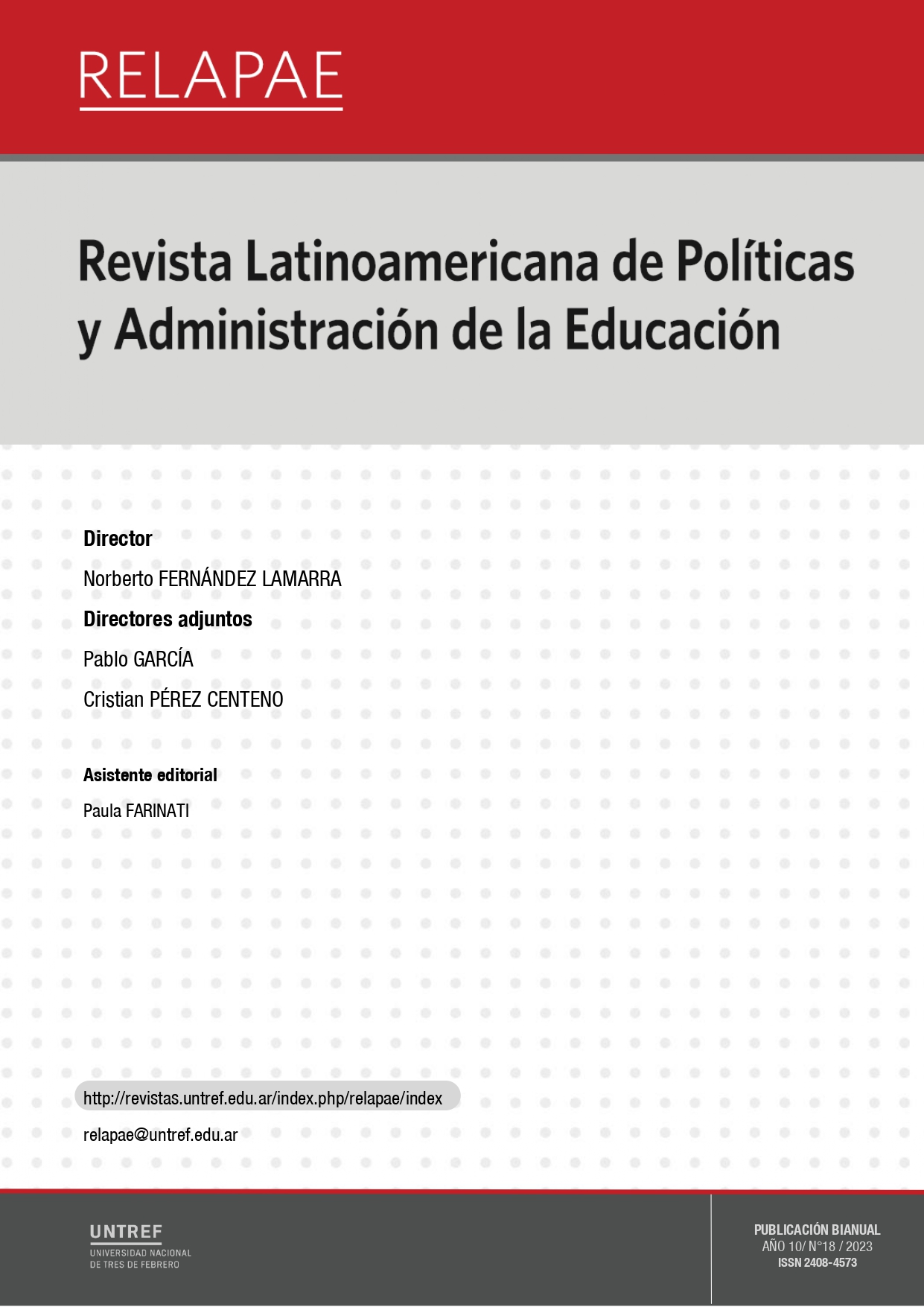Measuring the exercise of the right to education: official statistics as an instrument of public policy in the field of education
Abstract
Despite the efforts made by the states to expand education during the 20th and early 21st centuries, significant inequalities in terms of the exercise of the right to education are still present and represent a public policy problem. These inequalities call into question the very definition of education as a human right, the scope of the effective exercise of this right in an equitable and egalitarian manner, and the state responses to these inequalities. The most commonly used indicators are gross and net schooling rates, gender gaps and, more recently, standardized assessment results. However, this set of variables is problematic: they conceive of education as mere schooling, as assessment results, or add gender disparities as a merely descriptive category. The objective of this paper is to investigate the characteristics of the statistical information collected at the national level, the conceptions of the right to education that derive from the ways of measuring it, and the limits of the information as an instrument for public policies in light of the reforms of the educational system that have taken place during the last three decades.
PDF (Español (España)) - Artículo descargado = 240 veces
HTML (Español (España)) - Artículo descargado = 22 veces







